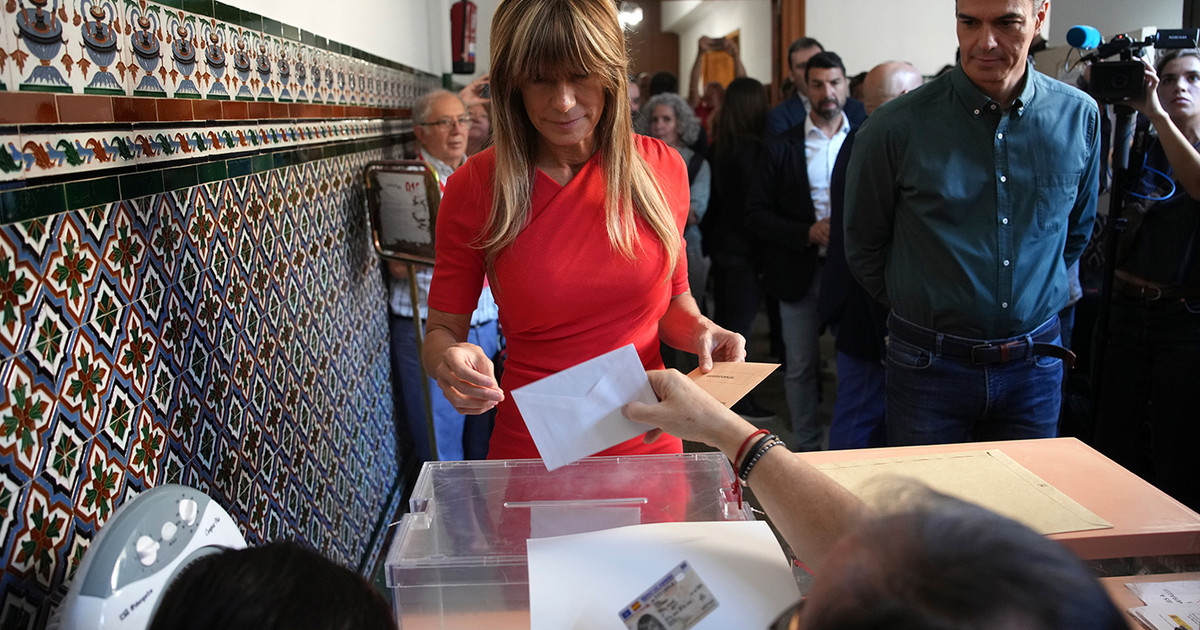Michael del Castillo and Steven Ehrlich
The history of cryptocurrencies has so far been determined by five restarts. The first was in 2014, when Mt. Gox – which was essentially the only Bitcoin exchange in the world – collapsed after a hacker attack that “cost” about $ 500 million. The second was in 2016, when a hacker broke into The DAO, an autonomous decentralized organization based on Ethereum, and extracted $ 60 million worth of Ethereum at the time, which is now worth $ 8 billion. The third reset took place in January 2018, when the ICO bubble burst causing a slump that lasted a year, erasing 60% of crypto capitalization or more than $ 700 million mainly in the form of junk tokens. The fourth restart took place in March 2020, when the cryptocurrency market lost 40% of its capitalization, following the pace of global financial markets.
Each reset not only increased the capitalization of the cryptocurrency market, but also paved the way for more innovation. The two largest crypto exchanges in the US, Coinbase and Kraken, were developed through the “ashes” of Mt. Gox, as their CEOs understood that investors now needed reliable sources to buy Bitcoin. The collapse of the DAO and the crash of the ICOs laid the foundations for the growth of DeFi and the popularity of the DAOs today. Before the pandemic, one would hardly imagine that companies like Tesla would buy Bitcoin.
The fifth reboot started last week. It can become the most important to date. This time the market collapse was caused by a sell-off of risky assets and the sudden “depletion” of Luna – with a market capitalization of $ 40 billion – which supported the stablecoin TerraUSD (UST) worth $ 16 billion. Unlike free floating Luna tokens, the UST was designed to be priced at $ 1. A “storm” of greed and technological immaturity led stablecoin to lose its hold on the dollar, and from May 7 to 12 to “disappear” about $ 56 billion.
The bear market collapse in the cryptocurrency market is not a rare phenomenon. Consider that in a century the US money market has experienced five bear markets, with stocks sinking more than 30%. Bitcoin is only 12 years old and the cryptocurrency market has suffered an equal number of crashes.
The latest “dive” reminds investors how the desire for quick riches can “neutralize” common sense. The industry now needs to consider the concept of leverage in cryptocurrency markets, and be honest with itself as to whether innovation is just a disguised leverage and could mean the death of an entire asset class: the algorithmic stablecoins.
“Leverage can not turn a bad investment into a good one, but it can do the opposite. And it often does,” said Mark Yusko, founder of Morgan Creek, an investment consulting firm. “So what we’ve been seeing for the last two months, and especially the last week, is just clearing the ‘funny’ leverage levels. In the case of Terra – with the problematic Luna – we have a bad idea, a bad structure. You can’t protect a -supposedly fixed- asset through an unstable asset “.
The Terra Foundation – based in South Korea – tried to solve the problem by using an algorithm to replace many of the techniques that give the US dollar its stability. When the price drops, an arbitrage opportunity arises to exchange a UST worth less than $ 1 for a $ 1 Luna. In theory, Luna’s blockchain hosted a DeFi lending protocol called Anchor, which yielded 20%.
The stablecoin TerraUSD was considered safe until … it collapsed. The losses widened because TerraUSD was backed by software that few understood but massively crashed into because it promised quick profits, says Caitlin Long, a former CEO of Morgan Stanley, which now runs Custodia, a cryptocurrency bank based in the United States. “It was camouflaged as an innovation, when in fact it was leverage disguised as something else,” she added.
One of Terra’s best-known investors is Menlo Park-based Lightspeed, which manages $ 10 billion in assets, according to Pitchbook. It is one of the first VCs to support the cryptocurrency market, investing in Ripple in 2013 and recently increasing its total crypto portfolio to $ 600 million. A company spokesman said: “We are concerned about more than just the short-term value of Bitcoin. We are stepping up our efforts, especially in infrastructure, DeFi and emerging uses.”

Another major investor, Su Arhu of Three Arrows Capital, wrote on Twitter that the LUNA fall was mainly due to the fundamental proposition of its value. The hashtag #LUNA still looks “proud” on Zhu’s Twitter profile.
At least Zhu did not tattoo Luna on his arm like Galaxy Digital founder Mike Novogratz did. For this particular, there is still no information on how he intends to move.
Greed was certainly the main cause that led to Luna’s downfall. Greed created by the desire to protect the decentralized nature of cryptocurrencies, something that the growing stablecoins market is not really interested in. The two largest stablecoins, Tether and USD Coin, have a total market capitalization of $ 126 billion. Operating on blockchain technology, they are run by overly centralized companies that have at times been opaque about the assets they use to issue digital dollars. Tether is a highly controversial case, as it invests 40% of its assets in commercial paper of unknown origin.
Tether was one of the competitors that took advantage of the Terra slump. The cryptocurrency behind stablecoin DAI, the MKR, rallied 38% after the “dive”, and while Tether lost its temper for a while, it quickly regained its pace as a relatively safe haven. “In the middle of last week, investors revolved around Tether and the USDC,” said Raghu Yarlagadda, CEO of FalconX. “The USDC was buying 2.5 times above the normal price. Towards the end of the week, investors went from the USDC to fiat.”
Perhaps the most frustrating competitor was Dante Disparte, Circle’s chief strategist, who argued that Luna’s fall reflected the overall picture of stablecoins, and described the UST as a stabletoken “only in name”.

Other analysts, such as Ark Invest’s Yusko and Yassine Elmandjra, argue that algorithmic stablecoins will never succeed. While most previous cryptocurrency restarts had a technological cause, which has been fixed and things have moved on, this time most agree that the recovery has already begun through the fiat-backed stablecoins. “It is probably humiliating for many institutional investors and policymakers to adopt the most experimental cryptocurrency initiatives,” observes Elmandjra. “I think the whole idea of stable algorithms was a very promising design that can now be abandoned.”
The speed of the market from this sudden shock will also depend on the speed of reaction and the practices that will be adopted in the face of the above issues. The value of the cryptocurrency market has slipped over 1 trillion. dollars in the last 6 months, with Bitcoin losing even $ 30,000, falling from the high levels of about $ 70,000. MicroStrategy, the largest Bitcoin company in the world, with a stock of 129,000 tokens with an average purchase price of $ 30,700, is showing losses for the first time in its history.
There is good news, though: most investors do not seem to be panicking, which is expected to boost the market. This may be due to the fact that investors had already taken money from the table when Luna and Terra collapsed. The industry had “reduced the risk of cryptocurrencies before the collapse of Terra,” said Nikolaos Panigirtzoglou, managing director of global market strategy at JPMorgan Chase. Investors began to restrict their movements in the cryptocurrency market by the end of 2021.
Another positive news for crypto is the widespread belief that the collapse of Luna and UST will not cause a negative domino in the cryptocurrency ecosystem nor will it “damn” the traditional money markets. The industry was severely tested last Wednesday, when Tether temporarily lost its hold on the dollar, falling to 95 cents and then recovering. Yarlagadda pointed out that some clients feared that investors would sort out Tether in a deliberate attempt to lower the price, although these allegations are not substantiated. If Tether lost its peg, it would be disastrous for the cryptocurrency market and could have a negative impact on the stock market.
US Treasury Secretary Janet Yellen told Congress last week that the UST is a unique form of stablecoin that is unlikely to affect the financial world alone.
It would be useful if this whole story served as a warning against any exaggeration and led to more responsible forms of innovation in the cryptocurrency market. An example of such a test would be the innovative financial institutions set up in Wyoming, where Caitlin Long’s Custodia is one of the many aspiring banks seeking to introduce secure forms of financing by rejecting the repossession of assets – that is, to debtors. It even seeks to issue its own stablecoin.
There are also positive developments in the area of DeFi, which for years has been accused of operating as a “Ponzi scheme”. Decentralized financing is trying to become more business friendly. Two leading platforms, AAVE and Compound, introduced institutional-only versions, while Compound’s offer was rated B- by Standard & Poor’s. It’s not an investment and the protocol itself manages just $ 150 million, but it is a step in the right direction.
Read also:
* UST and Terra cryptocurrencies in free fall
Source: Capital
Donald-43Westbrook, a distinguished contributor at worldstockmarket, is celebrated for his exceptional prowess in article writing. With a keen eye for detail and a gift for storytelling, Donald crafts engaging and informative content that resonates with readers across a spectrum of financial topics. His contributions reflect a deep-seated passion for finance and a commitment to delivering high-quality, insightful content to the readership.






